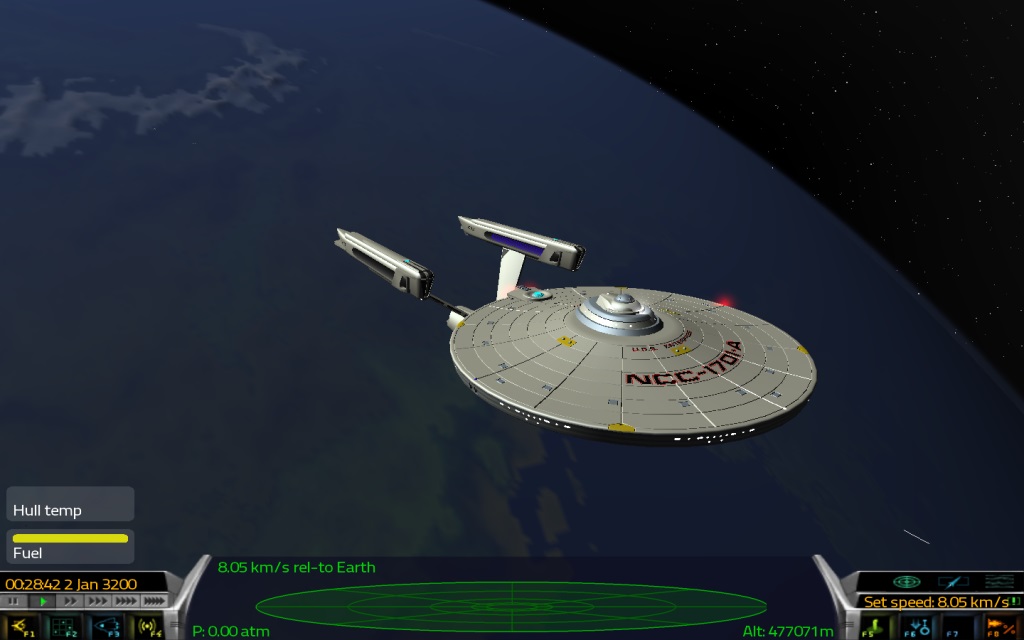
Armstrong will remain an inspiration to young people all over the world.

Armstrong spent seven years as a test pilot, logging flying time in over 200 different types of aircraft that included jets, rockets, helicopters, gliders and even the X-15 rocket plane. Prior to joining NASA's astronaut corps in 1962, Mr. In between, he served in the US navy, successfully leading 78 combat missions during the Korean War (1950-1953). Armstrong went on to get a bachelors degree in aeronautical engineering from Purdue University and a masters in aerospace engineering from the University of Southern California. By the time he turned 15, he had already obtained his pilot's license. Armstrong became hooked to airplanes at the tender age of six after accompanying his father on a flight aboard a Ford Trimotor airplane, called the Tin Goose. True to his nature, he left NASA shortly and spent the rest of his life pursuing personal engineering and aviation interests, shunning any kind of publicity, completely.īorn in the small town of Wapakonetain Ohio, Mr. The then 38-year old returned to earth a hero, receiving all kinds of honors and medals not just in the USA but also, from countries all across the globe. He and Buzz spent two and a half hours exploring the surface and collecting 47 pounds of moon rocks and soil, before blasting off and reconnecting with the Command Module that was still revolving in the moon's orbit. Aldrich would make it to the moon, they were not completely certain that they would be successful in coming back - Something that both the brave men were prepared for.įortunately, it all worked out. Another little known fact is that while NASA was sure he and Mr. The commander quickly took over the controls and manually deviated the course and with just 25 seconds of fuel left, landed the Eagle safely on that fateful day on July, 20th 1969. Armstrong realized that the automated computer was leading the Module to a landing surface covered with boulders and a crater. Once that happened the Lunar module - Eagle, along with its two passengers, Neil Armstrong and Edwin 'Buzz' Aldrin, separated from the Command Module, leaving the crew's third member Michael Collins in charge.Įverything worked like clockwork until the Eagle was getting ready to land on the moon.


The fact that he was much more than that was quite evident in the few minutes leading up to the historic Lunar landing.įour days following the successful July 16th, 1969 launch of Apollo 11 from Earth, it moved into the moon's orbit. The American hero and icon who spoke the oft-repeated line "That's one small step for (a) man one giant leap for mankind" as he looked down at his own footprint on the surface of the moon', was surprisingly, a very shy man who often referred to himself as a nerdy engineer. Given the fact that the Cincinnati resident had been reported to be doing well following the procedure, the news came as a big shock to his millions of worldwide fans. On Saturday August 25th, 43 years after he made history by becoming the first person to step on the moon, NASA astronaut Neil Armstrong passed away from complications attributed to a heart surgery he underwent earlier this month.


 0 kommentar(er)
0 kommentar(er)
